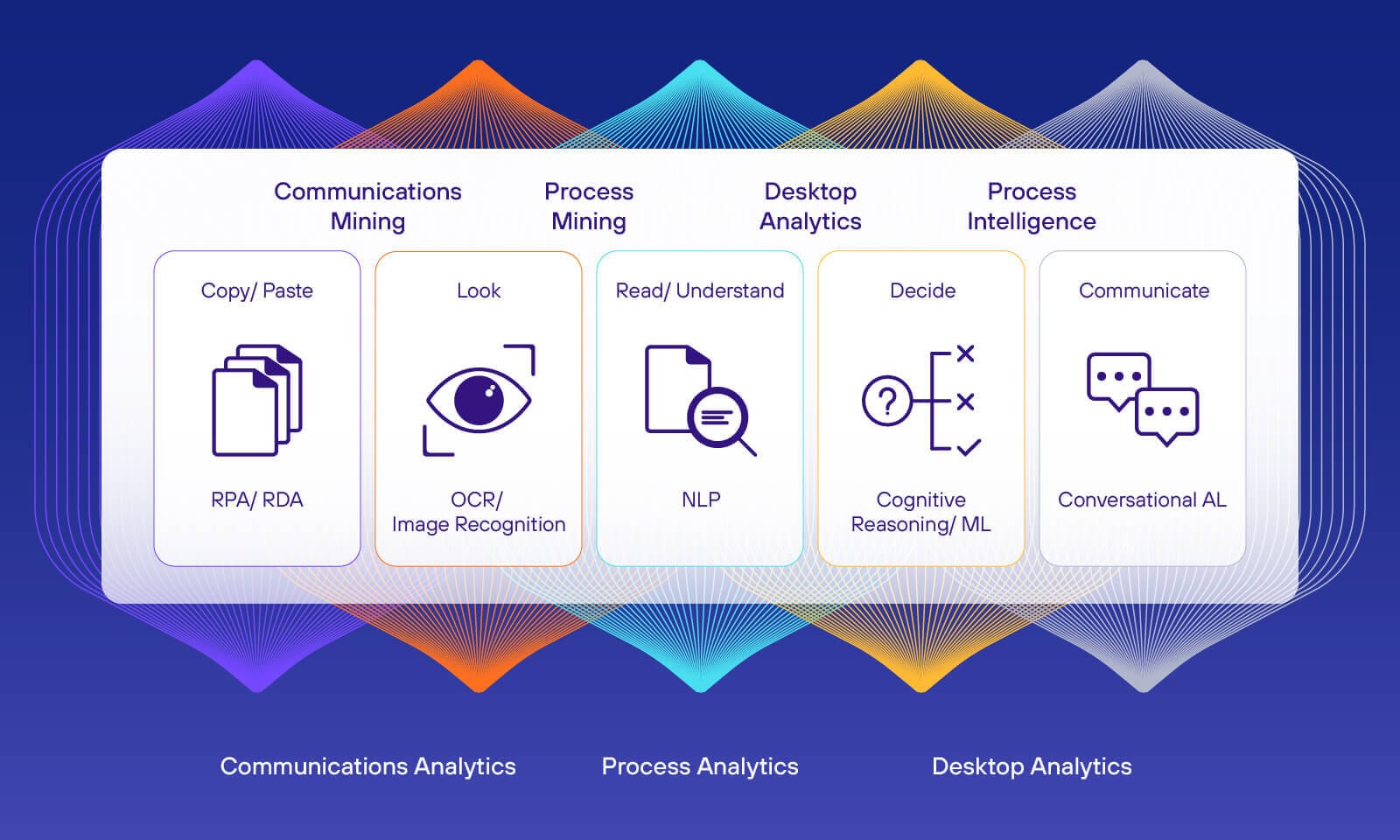Email remains the biggest barrier to intelligent automation in shared services. Change and transformation leaders have so far lacked the tools to understand the unstructured communications data preventing automation and straight-through processing. However, natural language processing is making great advances as a technology and is ready to drive transformation at speed and at scale.
In the wake of the pandemic, intelligent automation (IA) solutions have been critical in helping shared service functions build back and maintain process resilience. Tools like BPM, OCR and RPA are widely seen by change and IA leaders as key to digital transformation and enterprise-wide automation.
However, expectations do not always live up to reality. Automations often fail to deliver the scale of change expected, and struggle to maintain continuous improvement year on year. Meanwhile, agents barely have enough capacity to respond to the requests coming in, never mind gaining the time they need to take on new services.
IA initiatives deliver critical improvements to process efficiency. Yet it’s clear that they could be achieving so much more. The fundamental flaw is that they’ve failed to address the single most prevalent manual process underlying all others - email.
The intelligent automation gap
Shared services run on communications. Every workflow is triggered by an email, support ticket or service request. It’s how information is shared and people work together. It’s so pervasive, in fact, that many have stopped noticing it. It’s taken as a fact of business, as critical to operations as breathing is to life. Yet we’re in dangerous territory when we ignore a process or stop wondering how it can be improved.
Email is embedded in everything, but it’s also highly inefficient. Many emails need to be triaged before they reach their rightful owner, and this needs to be done manually with some people whose only role in the process is to forward emails up the chain. In another example, when a request without a clear owner lands in a shared mailbox, time-poor agents will ignore it until someone else picks it up. For the most part, manual email processing is a low-skill and repetitive task. But the sheer volume of requests means that the average employee sends or receives 126 emails a day, with 40% of their time spent in Outlook alone. Indeed, 30% of employees view email as their biggest distraction from ‘real’ work.
Given the level of inefficiency and process breakdown it causes, manual email processing should be the top priority for change leaders in shared services. However, it’s largely immune to traditional IA tools. The important information contained in emails is expressed in natural conversational language, something machines have long struggled to process. Without a foundation of structured data there’s little a BPM tool can understand, or an RPA robot automate, from an email conversation.
The prevalence of email then presents a major problem for heads of IA, change and transformation. Automation decisions need to be backed up by data, but leaders can’t understand, track or quantify what tasks are taking up the most capacity. At the same time, automation tools need clean, structured data in order to achieve straight-through processing. But this isn’t possible when every manual process is hidden behind a wall of emails.
As a result, any process based on manual communications or email is shut off from intelligent automation. Change leaders are restricted to making improvements at the tail end of processes, missing out the critical first stage where the bulk of latency occurs. That’s why so many are struggling to achieve changes with impact that are scalable and which deliver continuous improvement.
The promise of NLP
Incredible changes have happened across shared services in the last year or so - but the way emails are processed remains unchanged. This isn’t sustainable. There are too many messages and too few resources to guarantee every message will be actioned in a timely and effective manner. In addition, massive new automation opportunities are open to change leaders able to find a way to close the intelligent automation gap.
This is why interest is building around natural language processing (NLP). Over the last few years, NLP has undergone a breakthrough in its ability to understand freeform, conversational language and pick out the most useful information. Over two-thirds (67%) of SSO leaders now consider it an important investment in extracting data from emails. Those who have operationalised the technology are seeing the benefits, with greatly reduced dependence on humans to parse every single message, freeing agents to focus on real value-add tasks. NLP provides clarity and visibility at the source of all work, helping change leaders identify the drivers of work and new use cases for end-to-end automation.
To achieve shared services transformation, we must understand and automate all inbound service requests across every email. This wouldn’t have been possible two years ago, but it is now thanks to NLP. Future-looking IA leaders are already leveraging the technology to extract insights and enable automation across shared services. For those that fail to keep up, email will remain the elephant in the room, weighing down staff and preventing end-to-end automation.






